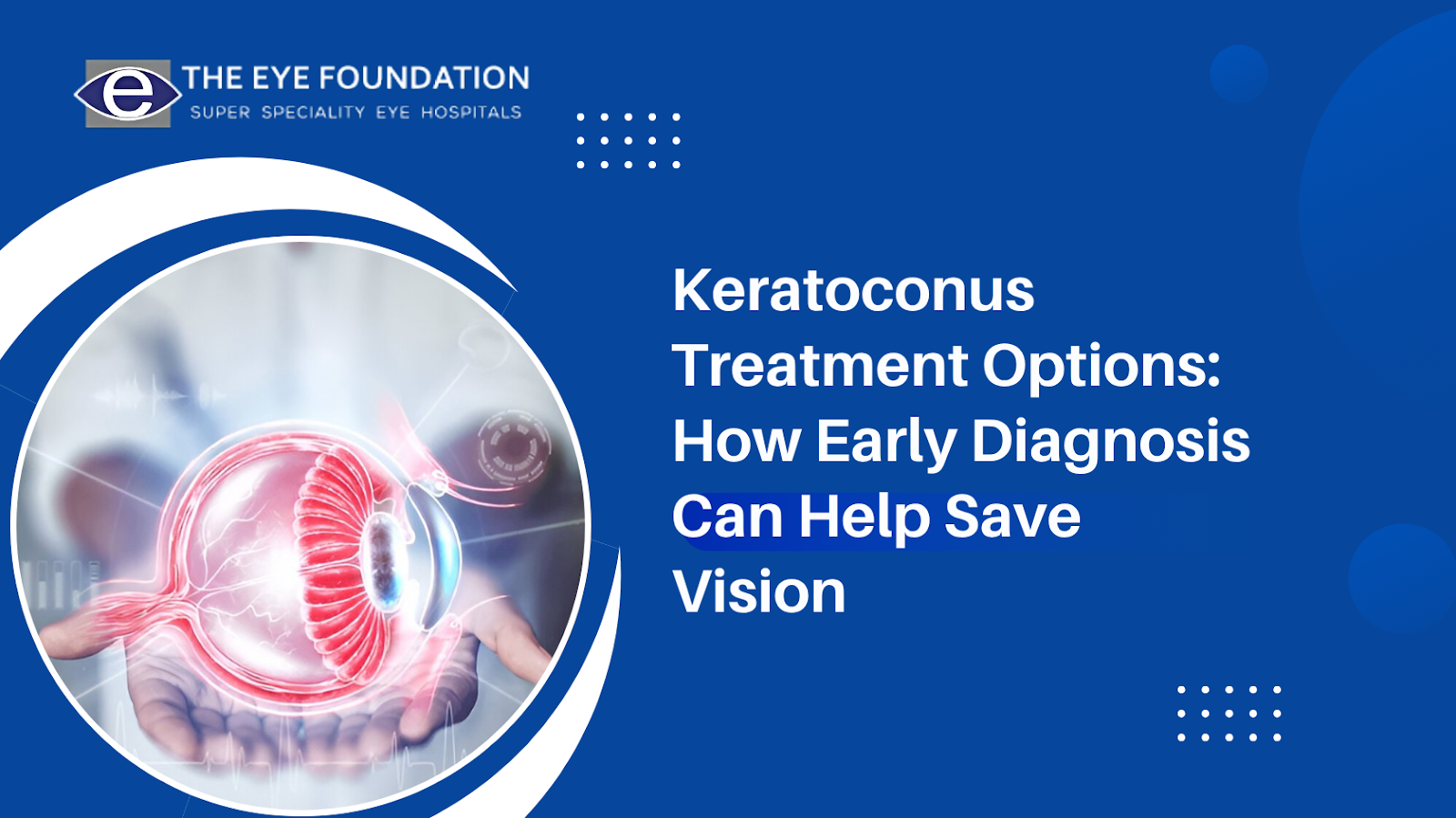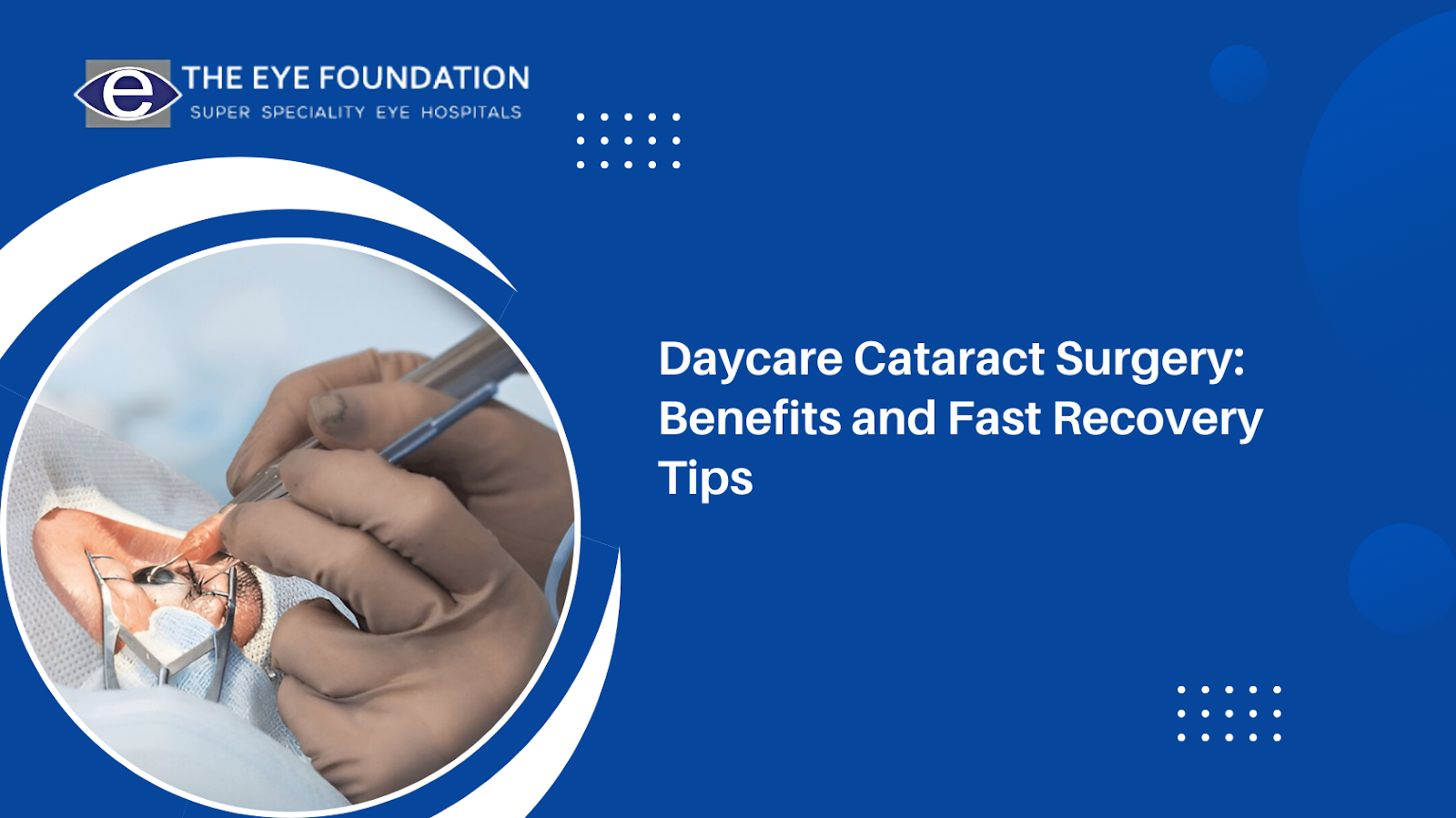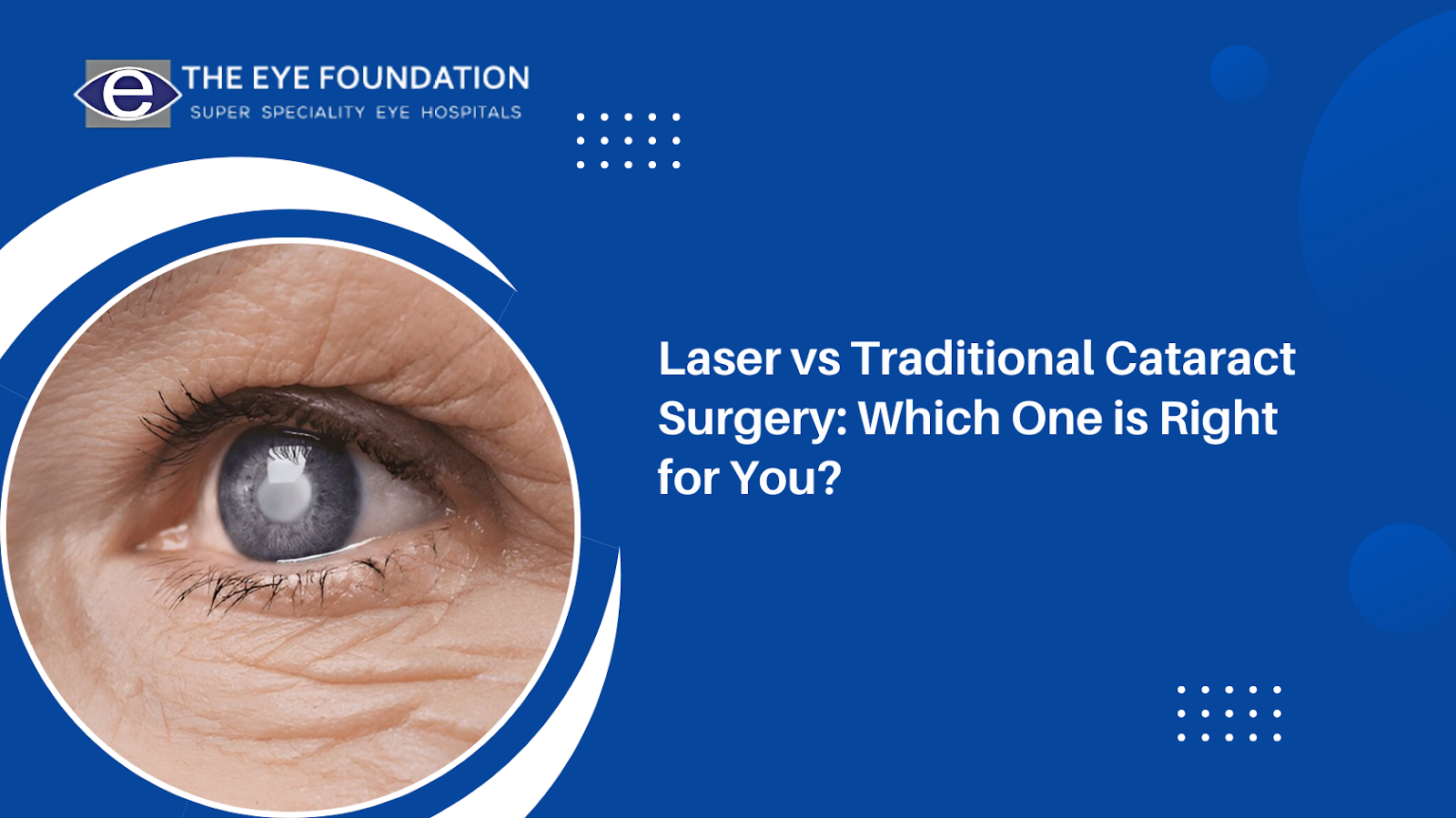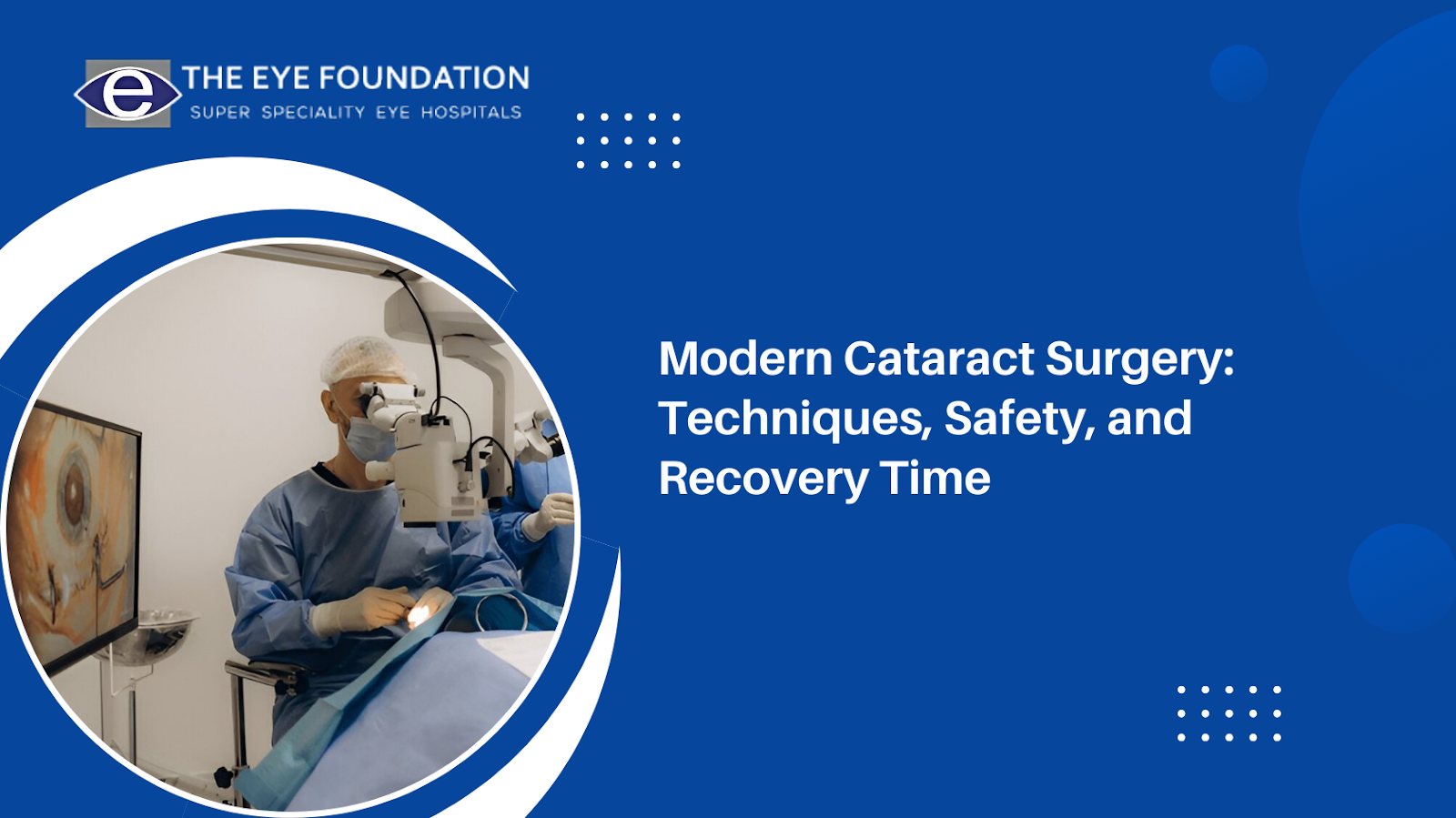Vision is one of our most important senses, and even minor changes in sight can impact daily life. One progressive eye condition that can frequently go unnoticed in its early stages is keratoconus - a disease in which the cornea thins and protrudes into a cone shape, altering vision of the eye over time.
But don't worry - when diagnosed early, Keratoconus treatment can be highly successful in managing the condition and preserving vision.
In this blog, we'll look at how early detection can change outcomes, the treatment options available for patients and their role in safeguarding their sight.
What Is Keratoconus?
Keratoconus is an eye disease that progressively affects the cornea - the clear and dome-shaped front surface of the eye. Instead of retaining their normal round shape, the cornea becomes thinner and begins to bulge outward in a cone shape. These profound changes ultimately distort vision, and impacted individuals often report increased near-sightedness, irregular astigmatism, glare, and even increased sensitivity to light.
Early symptoms may include:
- Blurry or distorted vision
- Increased sensitivity to light
- Frequent prescription changes
- Difficulty seeing at night
While it often starts during the teenage years, keratoconus can continue to progress for 10–20 years before stabilizing. That’s why early diagnosis is key.
Why Early Diagnosis Matters
When keratoconus is detected in its early stages, doctors can initiate keratoconus treatment before the corneal structure becomes severely compromised. Early interventions such as corneal collagen cross-linking (CXL) can help strengthen the cornea and slow the progression of the disease. In more advanced cases, keratoconus treatment may involve specialized contact lenses, intracorneal ring segments (ICRS), or even corneal transplantation. Delaying treatment can reduce its effectiveness and increase the risk of requiring surgical intervention.
Benefits of early diagnosis include:
- More treatment options
- Less risk of permanent vision loss
- Slower progression of the disease
- Higher success rate with non-invasive procedures
Through regular eye exams and advanced corneal topography imaging, eye specialists can detect the earliest signs of keratoconus, even before noticeable symptoms begin.
Top 5 Keratoconus Treatment Options
Depending on the severity and rate of progression, a variety of treatment options for keratoconus might be considered. The most common include:
1. Eyeglasses and Soft Contact Lenses
In the very early stages of keratoconus, prescription eyeglasses or soft contact lenses can correct a mild amount of distortion for vision. Once the disease begins to progress, eyeglasses and soft contacts will most likely become ineffective.
2. Custom Rigid Gas Permeable (RGP) or Scleral Lenses
With these specialty contact lens options, the irregular cornea is vaulted with a custom lens, allowing for a smooth refractive surface. Scleral lenses are typically more comfortable and allow for better visual clarity, and are commonly preferred with moderate to advanced keratoconus patients.
3. Corneal Cross-Linking (CXL)
This is an FDA-approved minimally invasive procedure that can halt keratoconus progress. The treatment uses riboflavin (vitamin B2) drops to the cornea followed by UV light to strengthen the corneal collagen fibers.
Why it matters: CXL is the only procedure shown to halt the disease.
4. Intacs® Corneal Implants
These small curved implants are surgically placed within the cornea to flatten the cone shape and improve vision. The use is common in patients who cannot tolerate lens wear and in mild/moderate disease individuals.
5. Corneal Transplant (Keratoplasty)
If all avenues for treatment have been exhausted and vision is still not possible, a corneal transplant is the only method that is available. A corneal transplant or keratoplasty is a surgical procedure where a damaged cornea is replaced with donor tissue. Although corneal transplants are very often definitive and effective, they are rarely done as a first line of treatment.
Tips to Manage and Monitor Progression
Aside from undergoing Keratoconus treatment, patients should also focus on habits that help manage and monitor the condition effectively:
- Avoid rubbing your eyes, as it may worsen the thinning of the cornea
- Wear UV-blocking sunglasses to protect your eyes from harmful sun exposure
- Attend regular follow-ups to monitor corneal shape and thickness
- Stick to your lens routine for maximum comfort and eye safety
- Communicate any vision changes immediately to your eye care provider
With proper management and active surveillance by the eye care team, many patients remain stable and have normal, active lifestyles.
Keratoconus does not need to mean that you are losing vision. If detected early and a progressive keratoconus treatment plan is developed, there is every possibility to manage the condition, and limit or prevent vision loss altogether.
At The Eye Foundation, our combination of state-of-the-art diagnostic technology and professional treatment provides you with the best available solutions to treat keratoconus. Regardless of where you are in the disease process, whether you need early intervention or surgical management, we will work to protect what matters most to you: your vision.
Schedule your appointment today at The Eye Foundation and take that first step to clearer, healthier eyesight.






